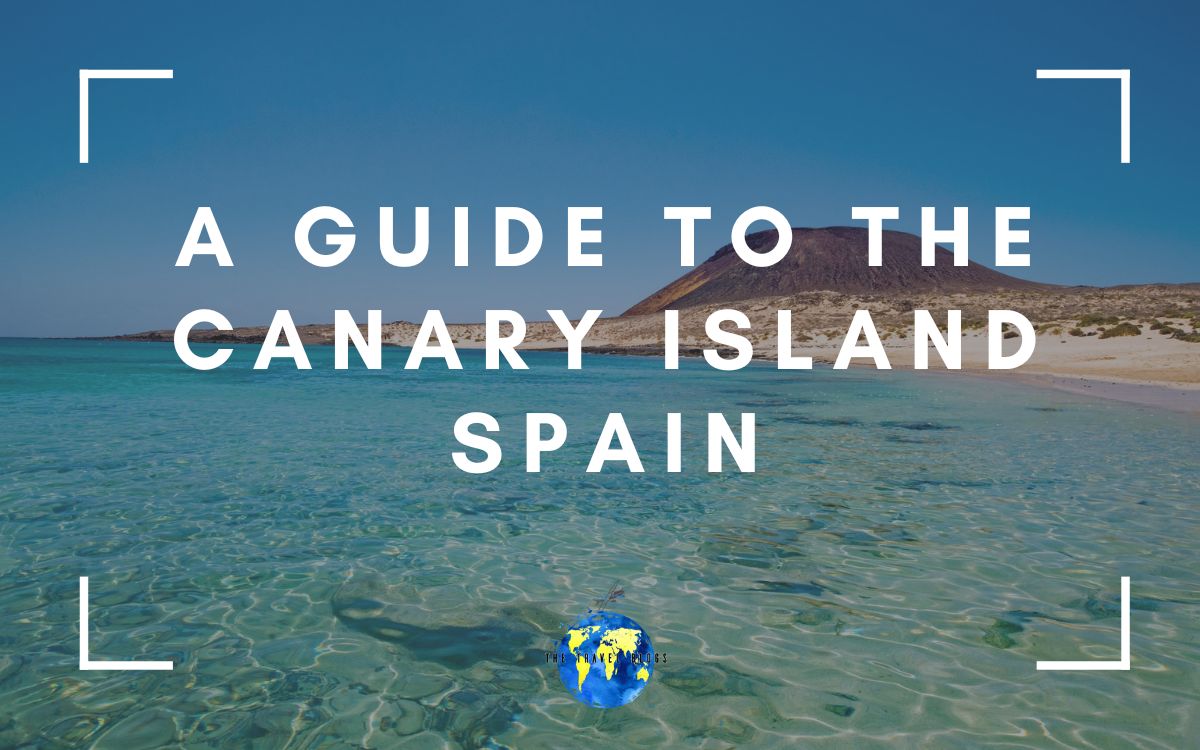When people talk about islands, they go on and on about the white sandy beaches, crystal clear waters, and fun water activities they could do on it. However, those are not the only things the Canary Islands can offer. Located in the Atlantic Ocean in the southwestern most region of Spain, some people think the islands belong to Africa’s continent. The Canary Islands is home to every activity a tourist wants – relaxing on dreamy beaches, touring world-famous National Parks, visiting breathtaking volcanoes, connecting with Spain’s UNESCO historical landmarks, and enjoying refreshing sceneries. Whatever you feel like doing, these islands have you covered. It may seem impossible for one place to contain all your vacation needs, but that is not true. You can stop searching for the perfect getaway and travel to the Canary Islands Spain. Remember when traveling to Spain, especially the beach areas, that you have and use the best sunscreen that will protect your skin and is environmentally friendly.
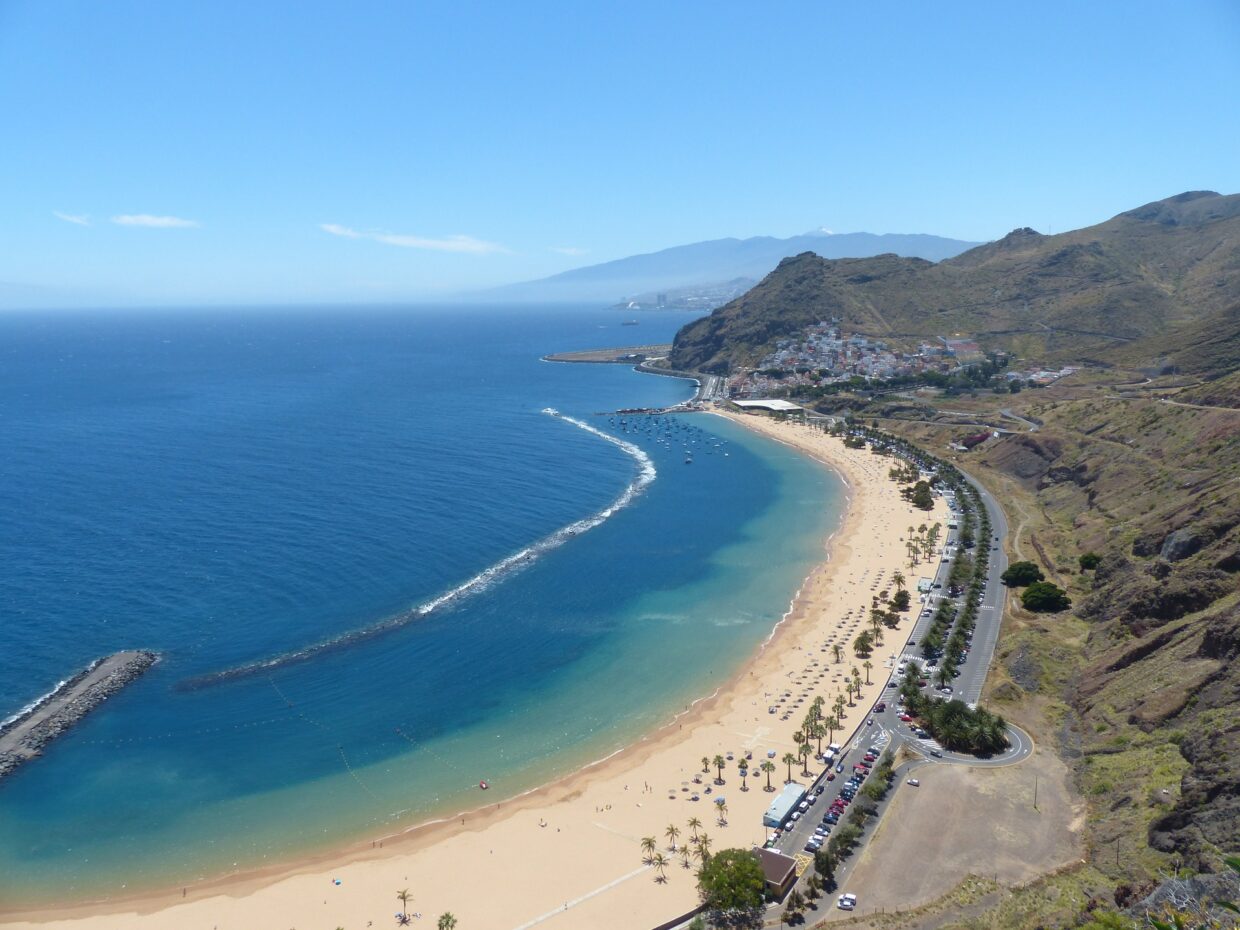
Table of Contents
History of the Canary Islands Spain
During ancient times, the islands of the Canaries were uninhabited by humans. These were home to prehistoric animals until King Juba II, the protege of Caesar Augustus, discovered them. At the time, traces of civilization like stone temples and building pieces existed, but not one person was there. However, it is believed that during the 13th and 14th centuries Majorcan, French, Genoese, and Portuguese navigators visited the islands. King Juba set out naval forces to explore the islands. He later called them the Canary Islands. Most people think that the islands are named after the bird, but they are not. Canaria is Latin for dogs and what we commonly now call sea lions, were called sea dogs in ancient times by the Romans. Therefore, it is believed that the islands are named after the sea lions (sea dogs) that were habiting them.
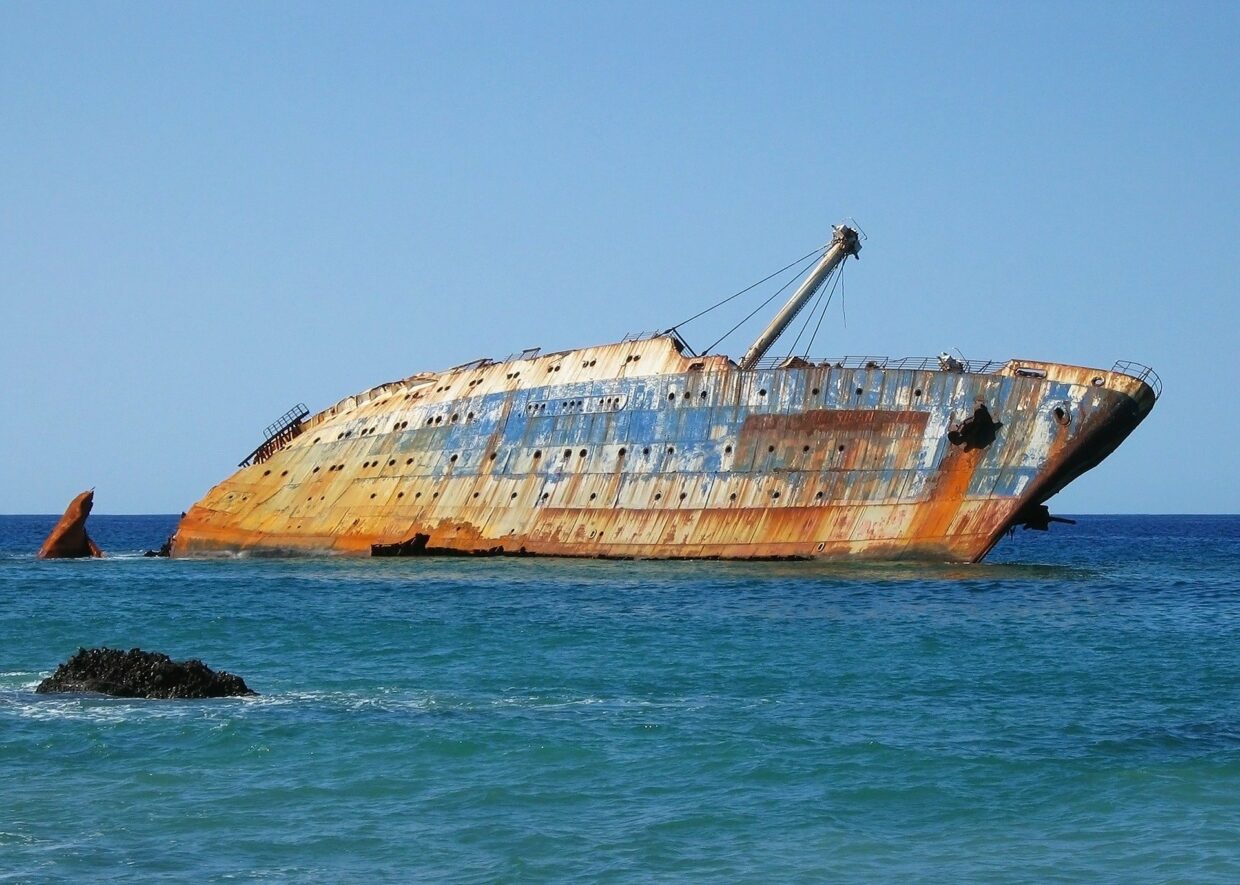
The 7 Canary Islands
The Romans proceeded to name the Canary Islands as Ninguaria or Nivaria (Tenerife), Canaria (Gran Canaria), Pluvialia or Invale (Lanzarote), Iunonia or Junonia (El Hierro), Planasia (Fuerteventura), Capraria (La Gomera), and Ombrion (La Palma). Each island has a unique identity, but it is safe to say that its beauty is not something to miss on your Canary Islands visit.
Tenerife Canary Islands
Located in the middle of the seven canary islands, Tenerife spans 2000 km² (12,043 miles²) in land area and has 342 km (213 miles) of coastline. It is the most populated, most visited, and largest Canary Island among the seven. Its popularity is not surprising since the island resembles a paradise full of nature trails, golden beaches, impressive volcanoes, and forest sanctuaries. Aside from that, Tenerife island also brings you to the past with well-preserved historical landmarks and archeological museums.
As a volcanically created island, the extraordinary natural landscape resulted from volcanic eruptions and landslides over millions of years. These formed its uneven and steep topography – one of the popular features of the island. Teide, the volcano every Tenerife tourist comes to see, is a Natural World Heritage Site that serves as the highest peak in Spain. Climbing the 12,188 feet (3715-meter) high volcano would take at least six hours on foot. More activities and destinations in Tenerife and the other islands are detailed later in the article.
Gran Canaria Canary Islands
The island of Gran Canaria has been dubbed many names – fairytale island, miniature continent, the island of well-being, and starlight tourist destination. All of which are rooted in the activities and places the island offers. With its natural reserves, wild beaches, green forests, rock formations, and charming villages, tourists often find the island close to a fairytale.
Some of their well-known destinations are the Tejada municipality, one of the prettiest Spanish towns, and the Las Canteras, one of the best European urban beaches. While these places are already selling points for the island, what you can do there would make you book a ticket to Spain. The Gran Canaria Island has it all, from recreational activities, sightseeing viewpoints, sporting ventures, and relaxing spa treatments to unforgettable nightlife experiences. If you’re looking for an adventure, visiting Gran Canaria is the place for you!
Lanzarote Canary Islands
Located in the northeasternmost region of the Canary Islands, Lanzarote is the third most populous island. It experiences a subtropical desert climate due to being located just off the west coast of Morocco. It has minimal rain year-round. Lanzarote gained the nickname “the Island of Volcanoes.” However, what sets the island apart from the seven is its color and serenity. You can find white-washed houses, golden beaches, green palm groves, crystal blue seas, and black and red volcanic rocks dominating Lanzarote. While the colors frame the landscape, the peaceful village adds to the tranquil atmosphere of the island. Coming here would revitalize your senses and return you to your natural roots.
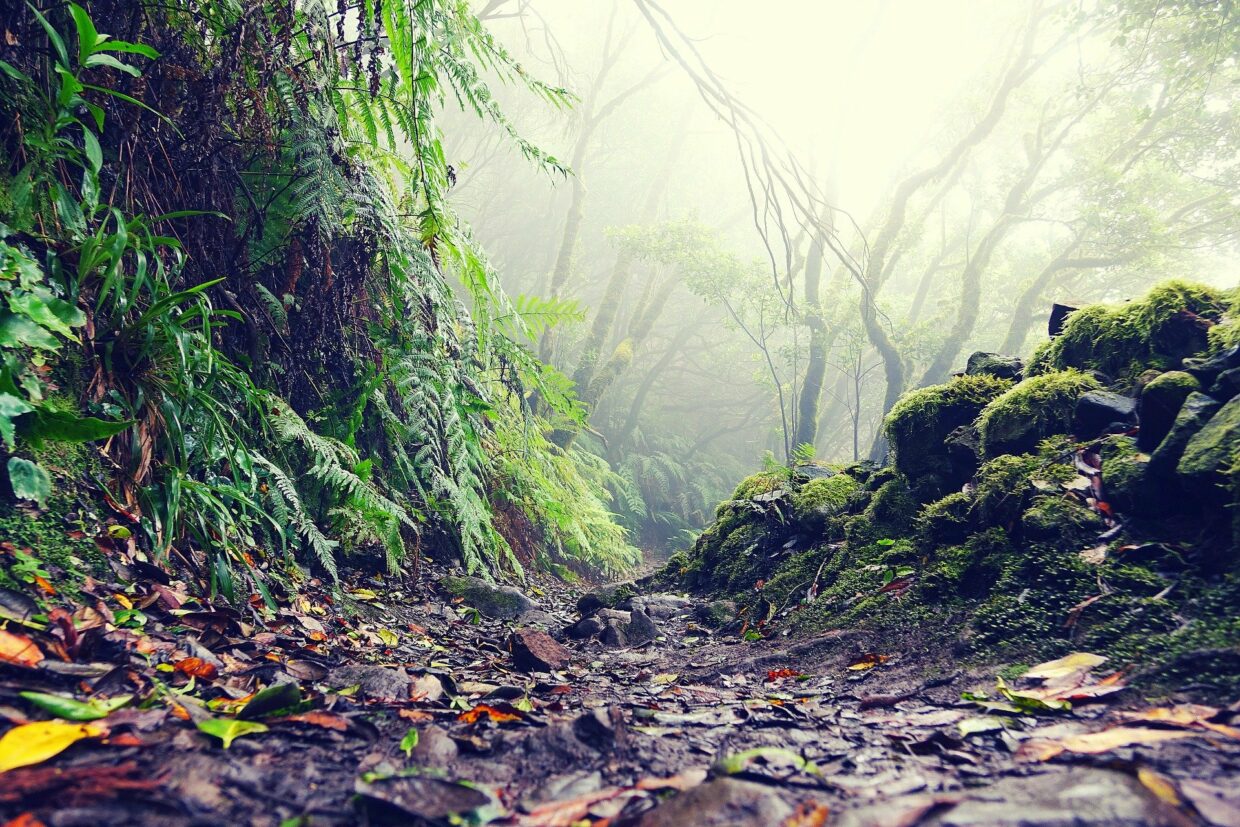
El Hierro Canary Islands
El Hierro is the youngest and smallest Canary island among the seven. Like the other volcanic islands in the Canary Islands, El Hierro became a UNESCO World Biosphere Reserve. Meaning, biodiversity and sustainability are top priorities when launching developments on the island. These goals make El Hierro different from the other Canaries. Locals follow established standards and maintain the traditional setting of the island more than the other Canaries in Spain. Some have called EL Hierro the “land of sustainability” because of its almost self-sufficient energy and homegrown products. Meanwhile, others have called it “the island with soul” because of the local preservation of the original island identity. El Hierro is perfect for those who need a break from modern life or those who want to contribute to sustainable tourism.
Fuerteventura Canary Islands
Fuerteventura is the second-biggest Canary Island located near the coast of North Africa. It is a testimony to the three essential S’s for every island – sand, sea, and sun. If you’re in for those activities, you will be in paradise at Fuerteventura. Most tourists frequent its breathtaking sandy beaches and dunes, which are among the longest sand beaches in the Canaries. With over 150 kilometers (9 miles) of enchanting shores, choosing one spot will be the challenge of your Fuerteventura travel. Aside from the three S’s, the island is also the oldest of all Canary Islands. It holds significant historical and cultural value in every corner. Visiting the local towns, villages, and natural landscapes should go along with relaxing on the picture-perfect beaches of Fuerteventura.
La Gomera Canary Islands, Spain
With about 20,000 people residing on its land, La Gomera is one of the least populated of the Islands. However, that should not discourage you from visiting this one-of-a-kind destination. La Gomera holds the spot as the best Canary Island in terms of geography and rock formation. Its valleys, creeks, slopes, and mountains have steep distinct patterns, which are, to put simply, awe-inspiring. Its geology also played a role in the history of the island. Back when the Guanches, the original inhabitants, stayed in La Gomera, they developed a language through whistling. They whistled on ravines that stretched for kilometers and used it as a mode of communication. To this day, whistling has survived with the natural beauty of the landscapes. If you’re a nature lover, don’t miss La Gomera Spain.
La Palma Canary Islands
La Palma island is from the province of Santa Cruz, Canary Islands. It is abundant in native plants and animals, some being extremely difficult to find. Covering most of the island area, Laurisilva is a temperate cloud forest and home to rare and thought to be extinct species. As you follow the hiking trails across volcanos, ravines, and forests, you get to see beautiful landscapes, feel the refreshing breeze, and be one with nature. Because of the horizons, heavens, and waters, La Palma is a feast for the eyes!
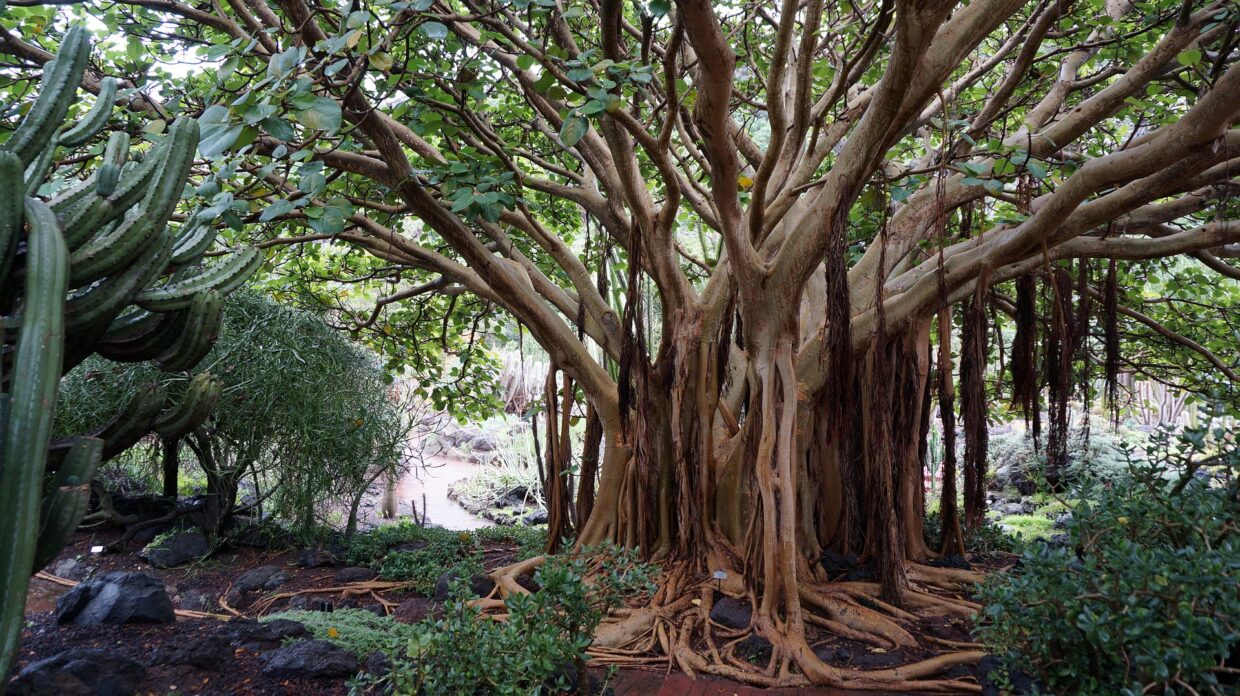
Things to Do in the Canary Islands
Swimming and Water Activities
Your visit to Canaria Spain would not be complete without indulging yourself in fun water activities! With over 1500 km (932 miles) of coastline and over 500 beaches, the Canary Islands will put your decision-making skills to the test. Would you go for the white sandy shores or a golden dune for a picture-perfect spot? Do you prefer powerful waves for surfing, solid winds for sailing, or calm seas for swimming? Perhaps you like to watch whales and dolphins swim in their natural habitat. If that’s your cup of tea, make sure to include dolphin and whale watching in your La Gomera stay and Tenerife itinerary.
Sightseeing
Sightseeing is a given activity on any vacation. As for the Canary Islands, destinations to go sightseeing are countless and are the best part. You will see landscapes like rock formations, lush forests, volcanic trails, steep ravines, mountain peaks, and so much more. That’s not all. Once you reach your destination, you can enjoy the magnificent view of the heavens. If you feel like gazing at the stars, La Palma is one of the best places in the Canary Islands to do the job. After all, it is a certified Starlight Reserve.
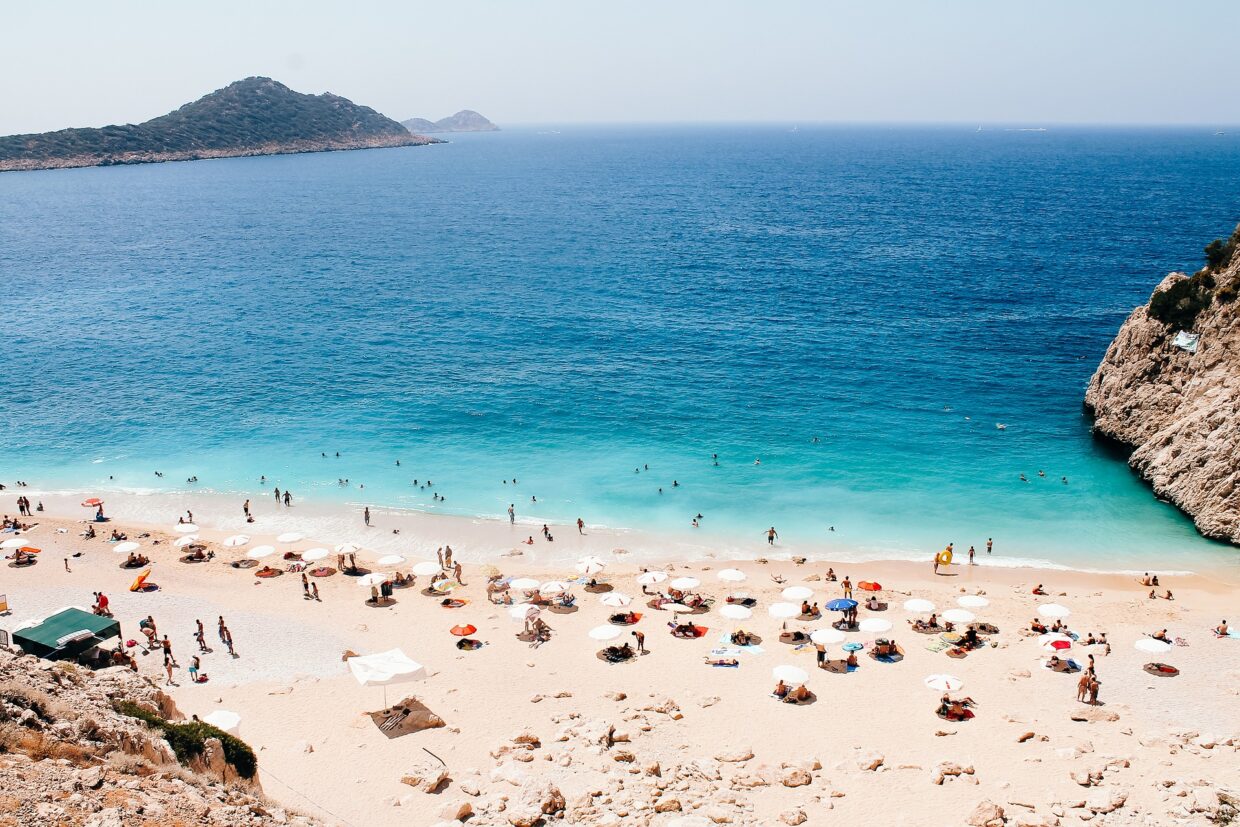
Sports and Recreational Activities
Part of the Canary Islands tourism activities are sports you can do in nature. Whether it’s cycling, hiking, or trail running, you can burn some calories while experiencing the fresh outdoor ambiance of the island. If you’re up for a challenge, climbing the Tenerife volcano is something worth trying. The locals also considered sports enthusiasts, prefer modern sports facilities. Thus, the islands of Tenerife, Gran Canaria, and Lanzarote constructed fantastic golf courses.
Wine Tasting
Make sure to add wine tasting to your list of Canary Islands things to do. The islands have local wines which pair well with their delicacies. Trying these might accustom you to their refreshing take on alcoholic beverages. For one, the wine from Lanzarote is well-balanced because of the Malvasía Volcánica grape variety used. It is a must-try drink in Lanzarote! Did you know Spain has 15 Wine Regions including the Canary Islands?
Carnival Festivities
While the locals prioritize the natural identity of the islands, there’s nothing wrong with splashes of fun and colorful festivities. During these times, crowds form in the streets, dance to the rhythm of the music, and enjoy extravagant events. It’s no secret that tourists around the world want to join in on the celebration. After all, some say the second-greatest carnival in the world happens in the Canary Islands. The Carnival of Santa Cruz de Tenerife consists of “The Official Carnival,” where performers dress in loud, vivid outfits, and “The Street Carnival,” where individuals dance and participate in the glamorous event. The ecstatic carnival energy led Santa Cruz de Tenerife, the capital of the Canary Islands, to be considered Europe’s Carnival Capital.
Tours and Cruises
The Canary Islands have a lot to offer – restaurants, museums, beaches, volcanoes, forest reserves, national parks, and historical landmarks. However, the sheer number of destinations can make you lost on which ones to visit. To avoid such, you can avail yourself of Canary Islands tours and cruises online. The organizers will have a jam-packed schedule for you to experience the islands to the fullest. Not only do you get to explore each one, but you also get to travel between the Canary Islands.
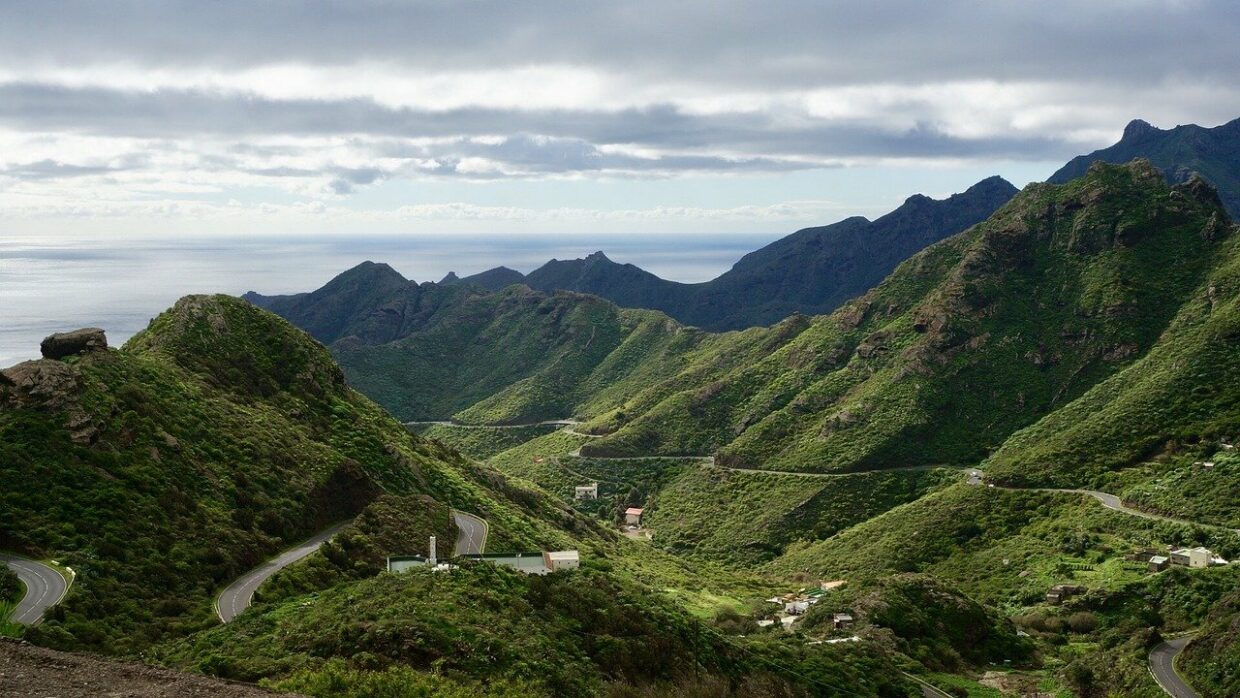
National Parks in the Canary Islands
Teide National Park
Covering about 46,950 acres (19,000 hectares) of the Tenerife island, the Teide National Park is known as a Natural World Heritage Site and one of the twelve treasures of Spain. Within its premises lie Mount Teide and Pico Viejo, two of the tallest volcanoes in the Canary Islands. The park also serves as an environmental reserve and testing site likened to Mars. These characteristics made the Teide National Park an asset for Tenerife. Not only did scientists use the geologic conditions to mimic the setup for Mars, but pop culture also made use of its natural beauty for its setting. One Million Years BC, Clash of the Titans, and Wrath of the Titans are some of the films which featured this reserve. By 2016, the Teide National Park became a frequented destination with over 4 million yearly visits.
Garajonay National Park
Named after the rock formation in the highest peak of La Gomera island, the Garajonay National Park covers about 40 km² (26 miles), with streams of footpaths stretching through it. The park emphasizes the beauty of the massive rocks, geologic formations, and former volcanoes found on the island. Because of this, UNESCO designated the Garajonay National Park as a World Heritage Site in 1986. The place accommodates about half a million visitors each year.
Timanfaya National Park
Located on the island of Lanzarote, the Timanfaya National Park is a 12,355 acre (5,000-hectare) field of volcanoes and virgin lava. Because of its all-natural visual similarities with Mars, tourists fled to the park for a chance to see the black and red rock formations themselves. Aside from its visual charm, the Timanfaya National Park marks a point in history with its volcanoes and eruptions. Now, the geologic park is one of the biosphere reserves in the Canary Islands.
Caldera de Taburiente National Park
Caldera de Taburiente National Park is the natural gem possessed by La Palma island. Its name, which translates to a cauldron, a large cooking pot, resembles the landscape of the reserve – pine forests surrounded by walls reaching a height of 2km (1.25 miles). Getting inside this park requires following foot trails across valleys with dense forestry. It is not easy, but the hike is worth it.
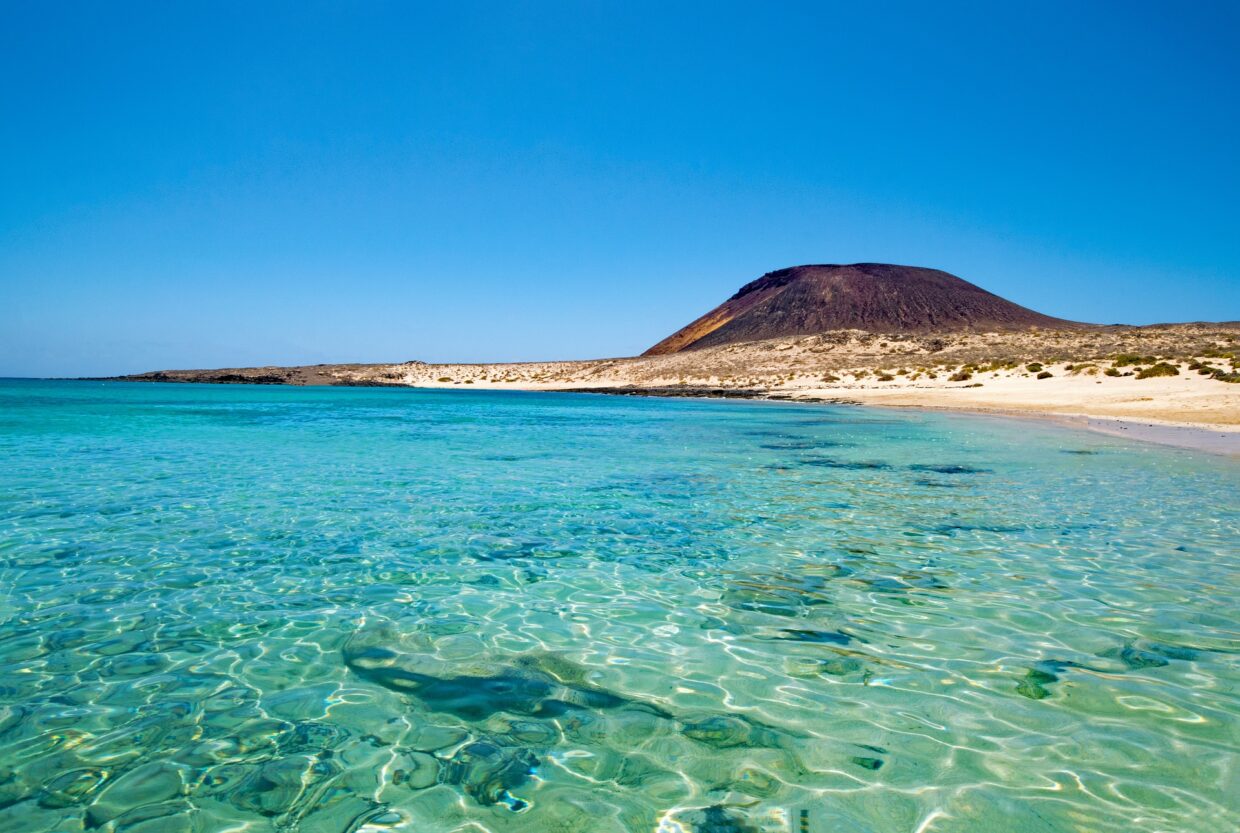
Beaches In The Canary Islands
Great Beaches of Corralejo
Corralejo is more than a fishing village in Fuerteventura. It is a tourist destination with over 9 kilometers (5.6 miles) of charming white sand beaches and expansive dunes. Although the purpose of a beach is to enjoy water activities, Corralejo goes beyond. The white sand on its coast exfoliates and refreshes the skin, leaving it soft and tender. Not only do you get to have fun, but you also feel rejuvenated with the natural spa.
Beach in Las Canteras
Located on Las Palmas island of Gran Canaria, Las Canteras is the beach you can enjoy for a whole day. Its 3-km (1.8 miles) shoreline, crystal clear water, rich sea bed, and rhythmic waves made it one of the best beaches in the world. Las Canteras is also a venue for services like spas, restaurants, and parlors.
Papagayo Beach
Unlike the usual beach that stretches along the coastline, Papagayo is a white-sand cove surrounded by emerald-green water. The shell-shaped rock formation made the beach relatively smaller in size than others. Thus, only small groups can enjoy the beauty of this beach. Despite the small size of Papagayo, it remains one of the famous beaches in Lanzarote.
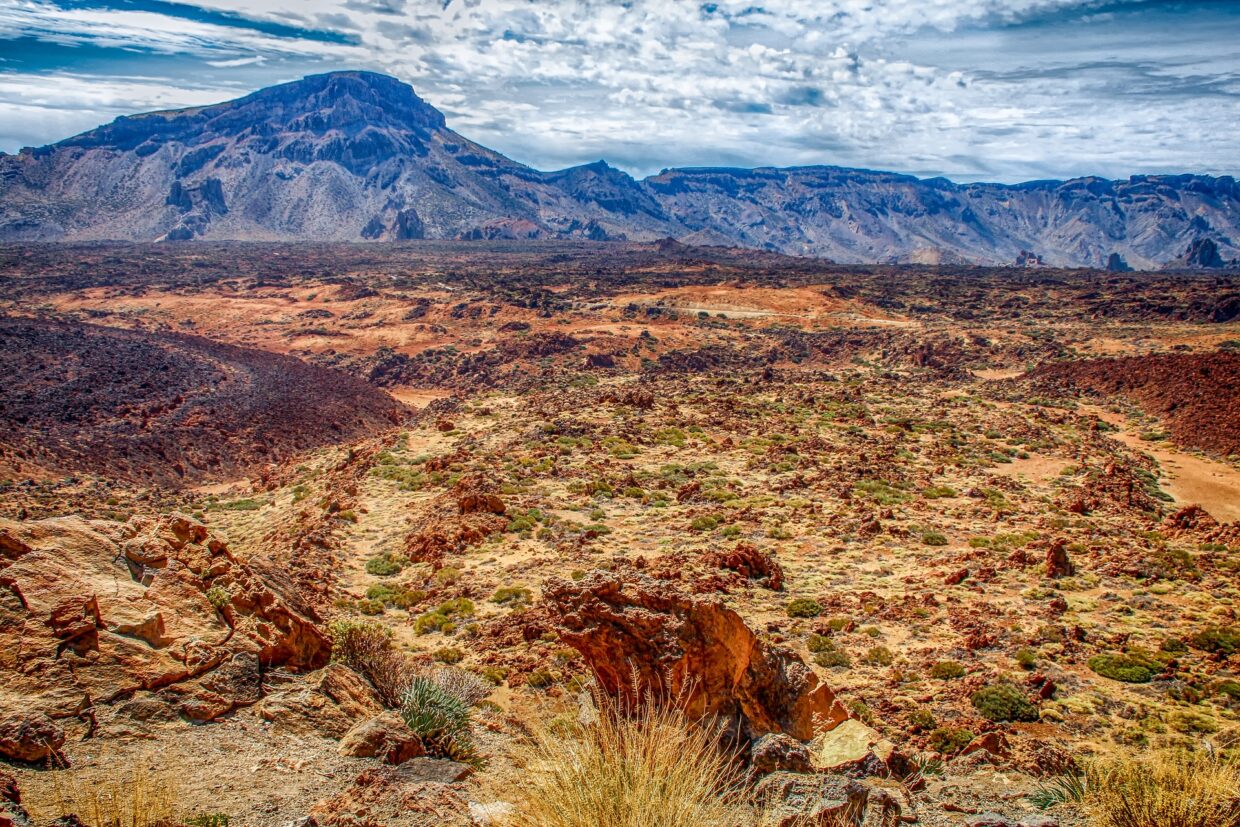
Volcanoes in the Canary Islands
Mount Teide
Standing within the Teide National Park of the Tenerife island, Mount Teide holds the record as the highest peak in Spain and the third-highest volcano in the world. However, its height of 10,417 feet (3,715 meters) is not the only reason why the volcano became a World Heritage Site. The volcano also manifests the millions of years of volcanic activity in the area – from when it first erupted to how the Canary Islands’ geography formed. Not to mention, seeing the volcano at a distance is quite the view already.
Montañas del Fuego
Located in Lanzarote, the Montañas del Fuego is an area occupied by a hundred smaller volcanoes. As the name suggests, the Mountains of Fire resulted in lava fields spanning from the small volcanoes and irregularly shaped colorful rocks. The beautiful horizon of the Montañas del Fuego will leave you shocked as to how eruptions have made such beautiful fields.
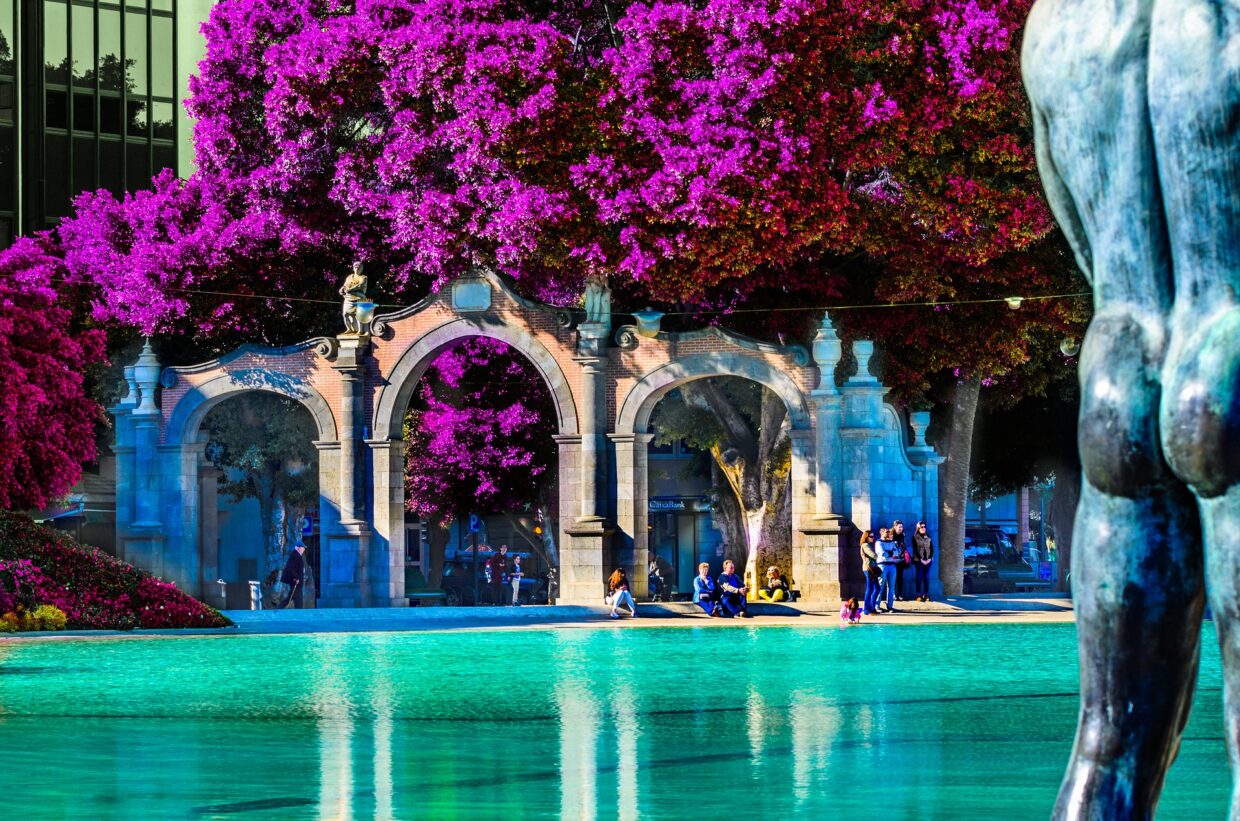
Historical Landmarks in the Canary Islands
San Cristóbal de la Laguna
Designated as a World Heritage Site, San Cristóbal de la Laguna conserved the original 15th-century architecture of the ancient capital of the Canary Islands. Despite the area being one of the most populous ones in Tenerife, the layout of its towns and municipalities remained with no walls and no alterations. They also maintained historical buildings like the Cathedral of La Laguna and the University of La Laguna. Their regard for cultural and historical preservation might make you consider moving to the Canary Islands.
Casa de Colón
Due to the geographic location and accessibility to water bodies, places in the Canary Islands became stop-overs for most expeditions. One of which is the passage of Christopher Columbus in search of America. Before proceeding on his voyage, Columbus stayed in a mansion owned by the governors of Gran Canaria. The colonial-style property is open for viewing to the public.
Valeron Monastery
Listed as a Spanish property of cultural interest, the Valeron Monastery is a network of caves used for storing idols, paintings, ceramics, archeological artifacts, and even human bones and ashes. The natural carving of the complex caves made use of simple stone and wooden tools, so locals employed a restoration and rehabilitation program for the site. The Valeron Monastery later became an archeological park of the Gran Canaria.
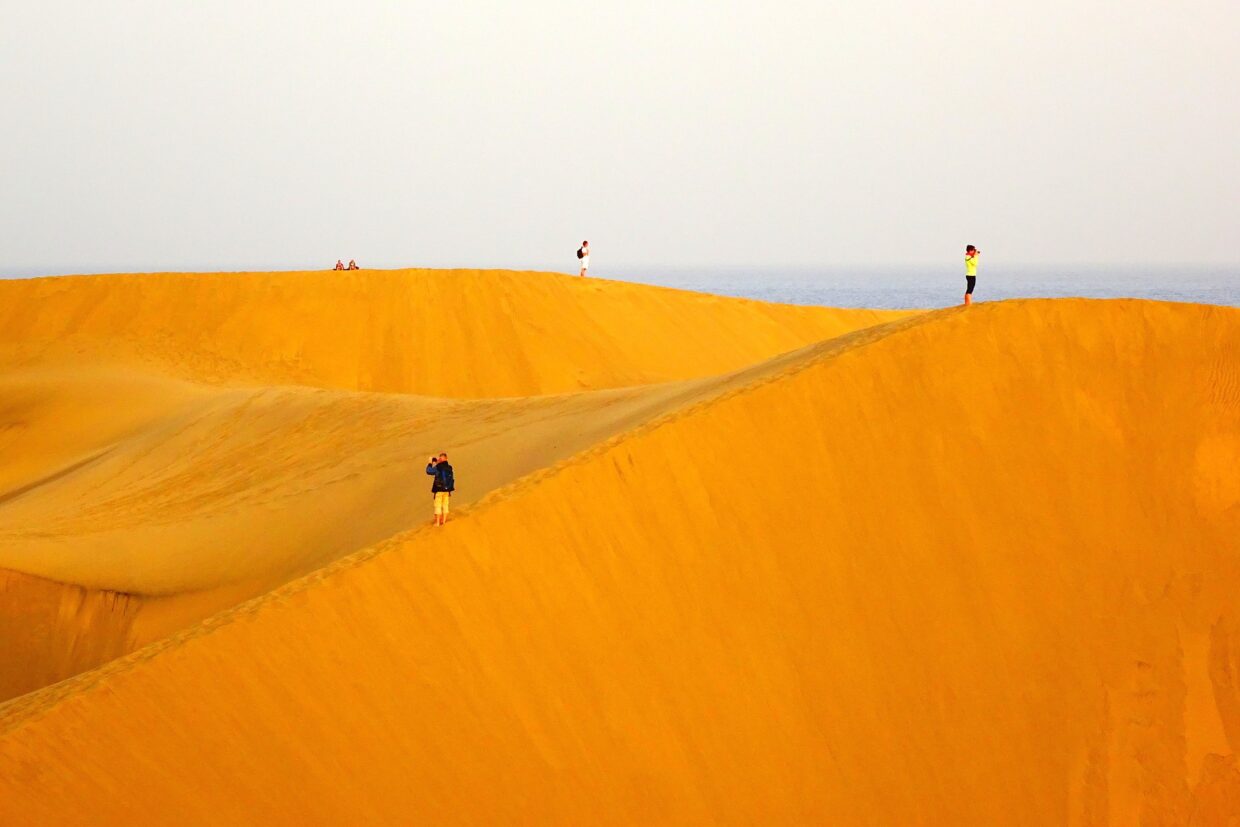
How to Get to the Canary Islands
If you are not living in the Canary Islands, you need to take a plane or a ferry to step foot on the island. Obviously, flying is the fastest, especially since each island has an airport. However, taking a ferry is an excellent option for those with no direct flight. It is also a perfect way to travel between the Canary Islands. Here are some recommendations from other popular destinations.
Cadiz to the Canary Islands
- Ferry rides take tourists from Cadiz to either Las Palmas de Gran Canaria or Santa Cruz de Tenerife.
- Flights from Cadiz do not land on all of the Canary Islands.
Barcelona to the Canary Islands
- Tourists must ride a vehicle or train to Cadiz. From there, they head to the Gran Canaria or Tenerife using a ferry.
- Flights from Barcelona can directly land at the Tenerife Canary Islands airport, Fuerteventura, and Lanzarote. Keep in mind the island of Tenerife has two airports when booking your flights.
Madrid to the Canary Islands
- Tourists can take a flight, bus, train, or private vehicle from Madrid to Cadiz. From there, they head to the Gran Canaria or Tenerife using a ferry.
- Flights from Madrid can directly land in the airports of Tenerife, Fuerteventura, Lanzarote, and Gran Canaria.
New York City to the Canary Islands
- Flights from NYC can directly land in Tenerife, Gran Canaria, Lanzarote, Fuerteventura, and La Palma.
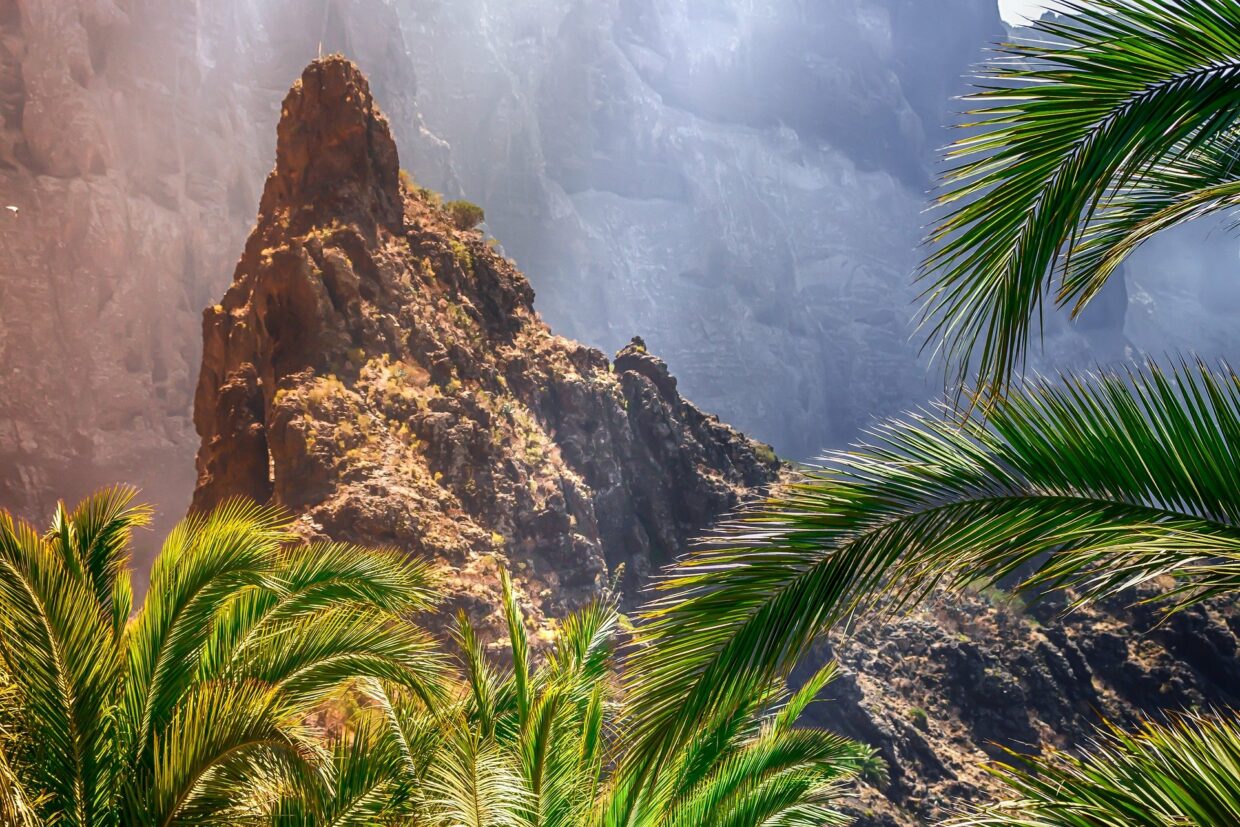
Other Fun Facts about the Canary Islands
- The Canary Islands are volcanically-created islands that took millions of years before forming.
- Unlike most places, the Canary Islands have two capital cities – Santa Cruz de Tenerife and Las Palmas de Gran Canaria.
- The Canary Islands experience about 3,000 hours of sunlight per year – the most number in Europe.
- Some restaurants can cook your meal in a hole made from a volcano.
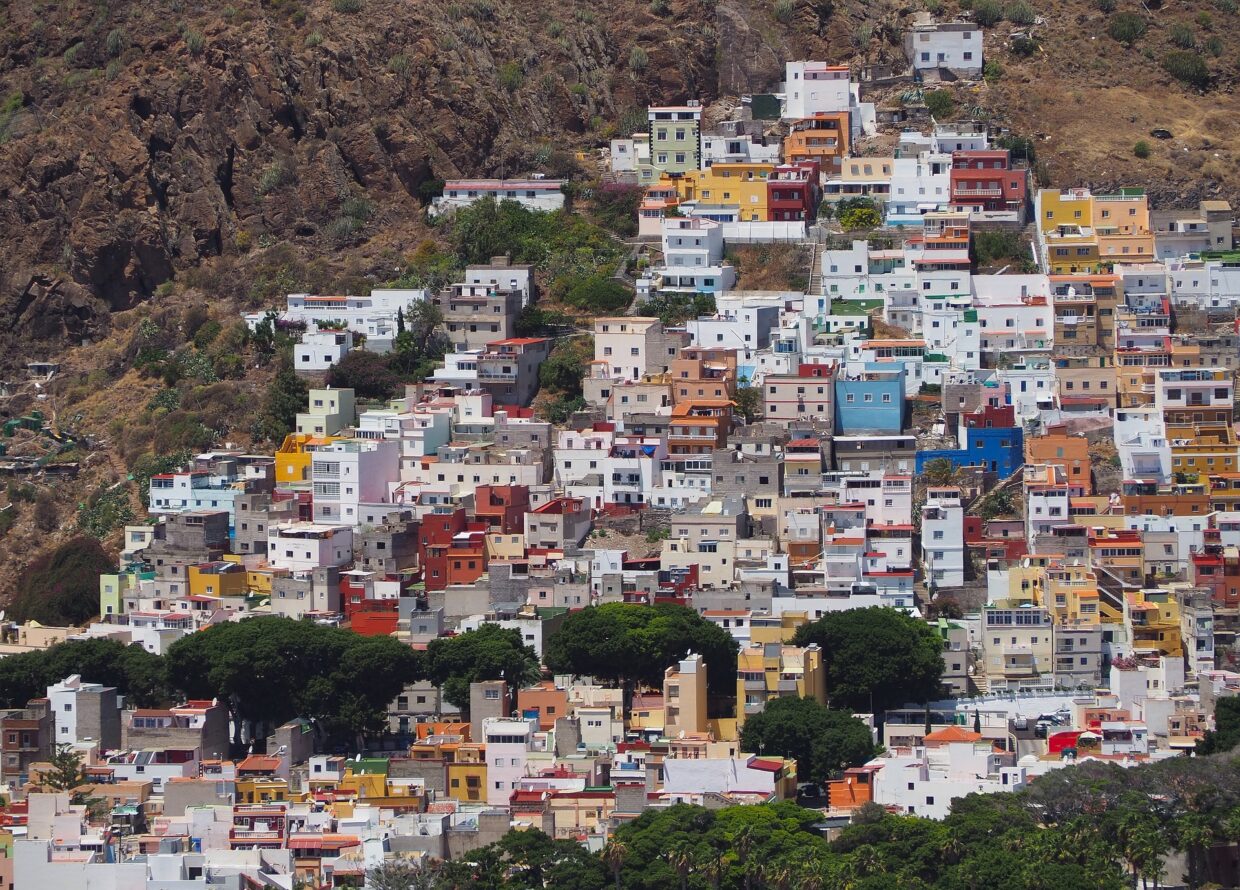
Frequently Asked Questions (FAQs)
Below are some frequently asked questions about the Canary Islands in Spain.
Is the Canaries Island part of Spain?
Yes. The Canary Islands is an autonomous community of Spain located in the southernmost region of its archipelago.
What animal are the Canary Islands named?
The Canary Islands are rooted in the animal dog. Its etymology comes from Islas Canarias with a Latin meaning of “Islands of the Dogs.”
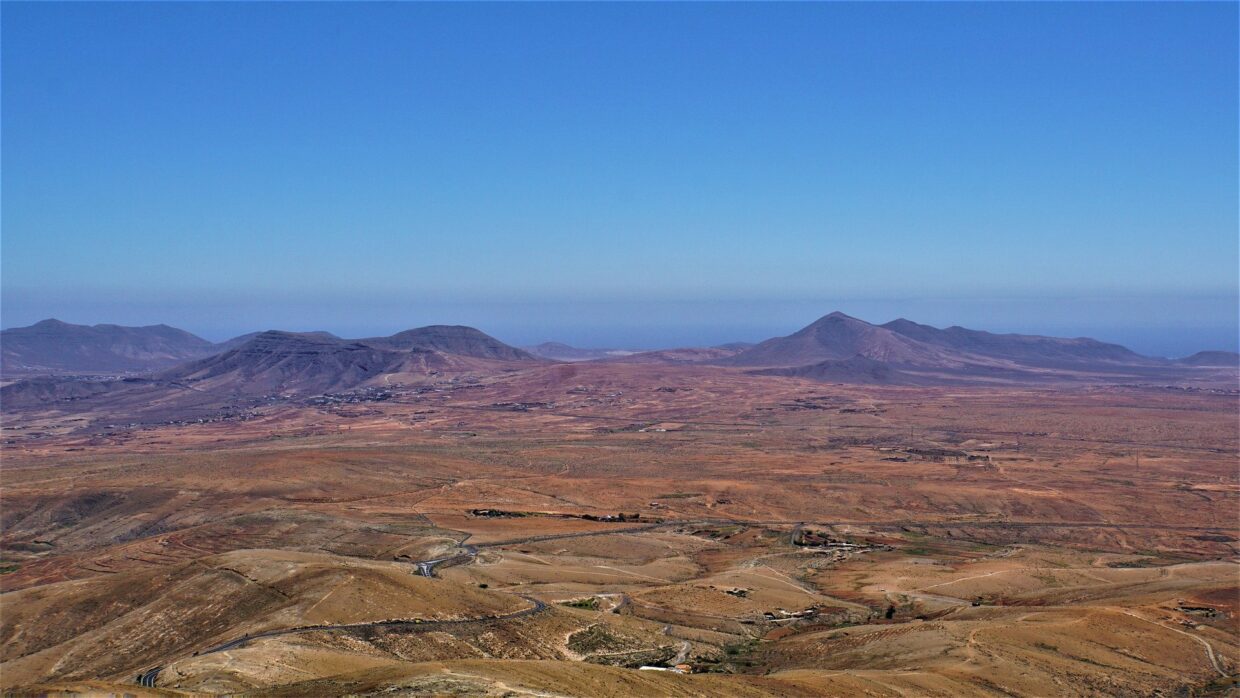
What are the names of the Canary Islands?
The seven Canary Island names are Tenerife, Gran Canaria, Lanzarote, El Hierro, Fuerteventura, La Gomera, and La Palma.
What are the latitude and longitude of the Canary Islands?
Different latitudes and longitudes exist for the Canaries Spain has. As an example, Tenerife, the island in the middle of the seven, is situated at 28.29° N, 16.63° W while Fuerteventura is at 28.36° N, 14.05° W.
What is the time zone in the Canary Islands?
The Canary Islands follow the UTC+01 time zone during the summer while UTC+00 for the rest of the year.
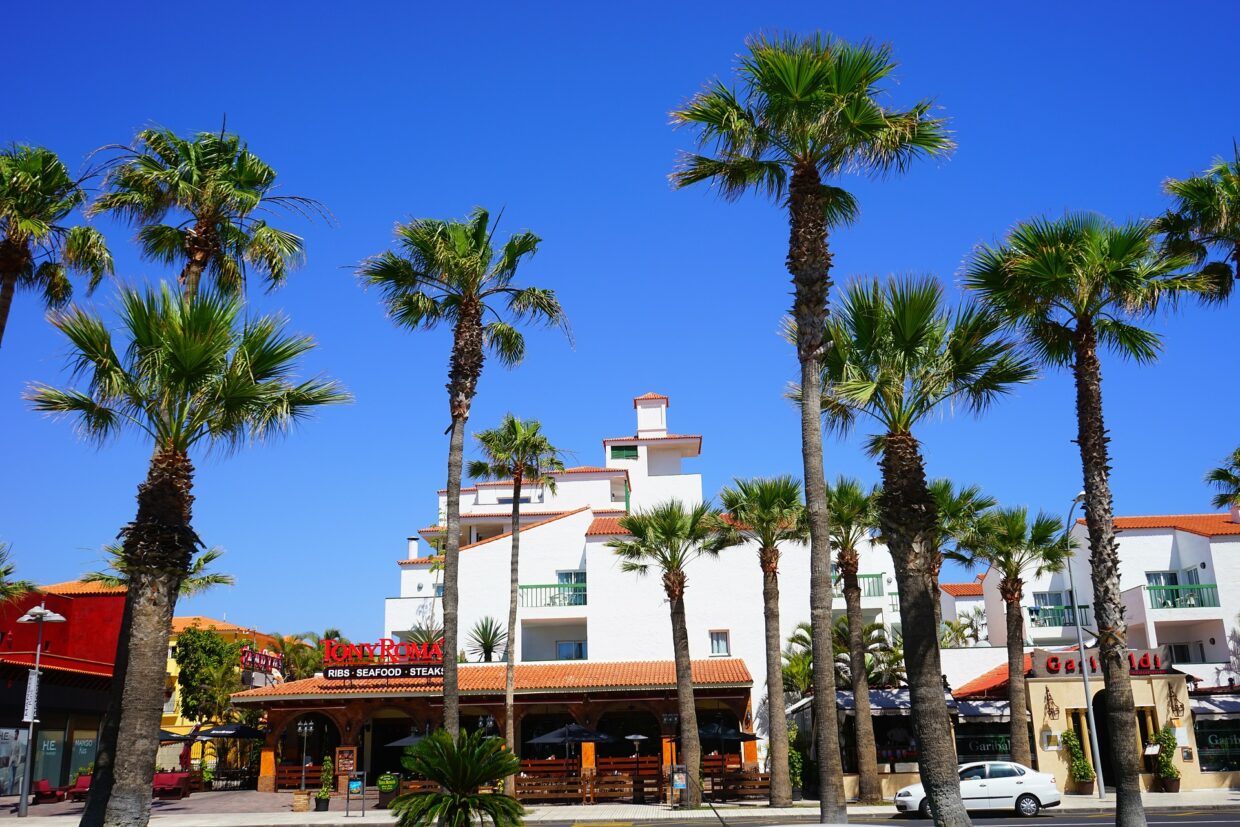
What time of the year is it best to come to the islands in the Canaries?
Because of the eternal spring weather of the islands, you do not have to worry about when to visit. Any time and any season will work for you. You can even expect long sunny days during the winter.
Which is the best Canary island?
All the islands possess unique natural beauty and cultural significance, which you do not want to miss. It is better to visit all of them to get the complete Canary Island experience. If you were unable to do so, we suggest checking the tourist spots listed above and choosing your preferred Canary island.
Should I go on holiday to the Canarian Islands?
Absolutely! The things to do in the Canary Islands are endless. There is something for everyone to enjoy, so spending a holiday there should be on your bucket list.
